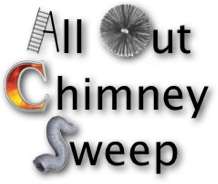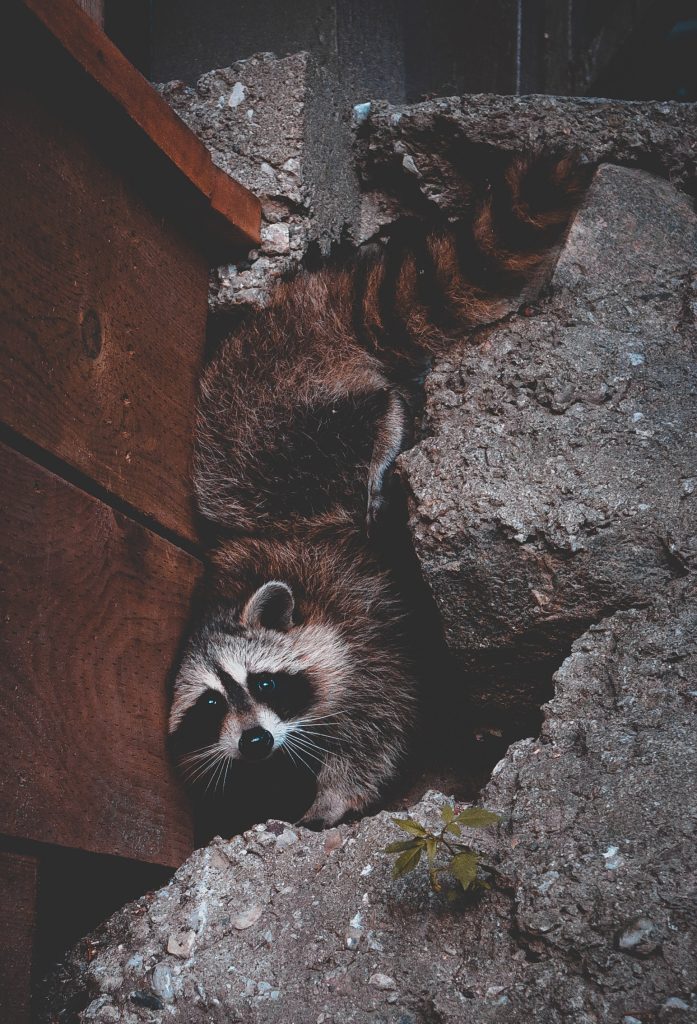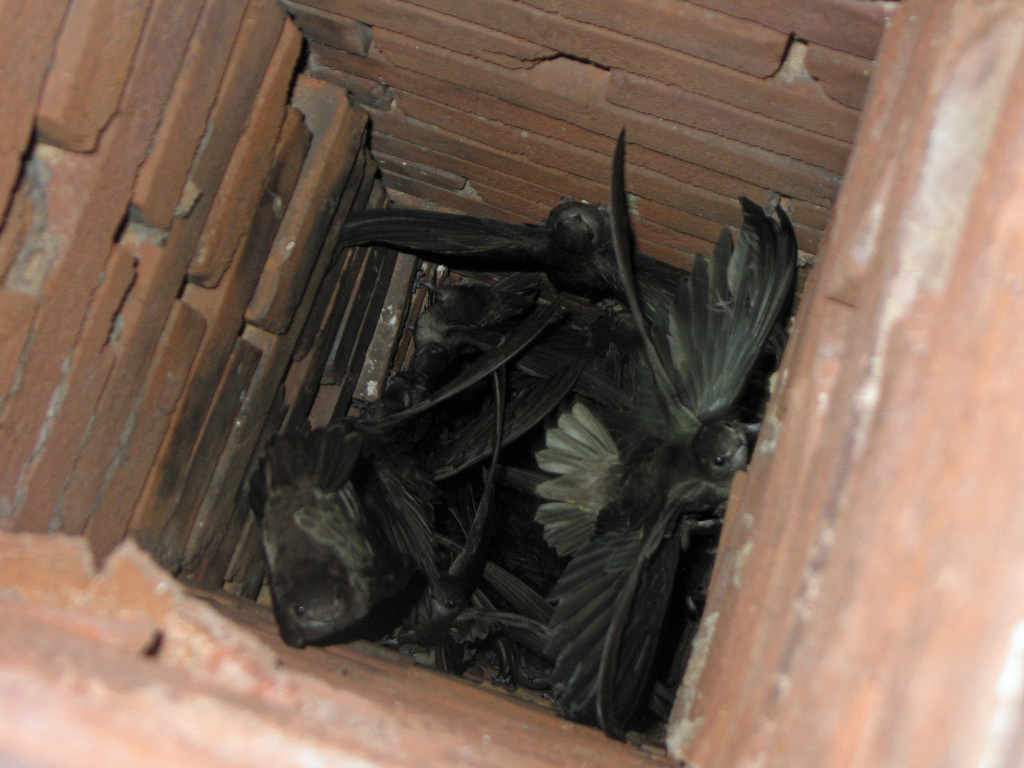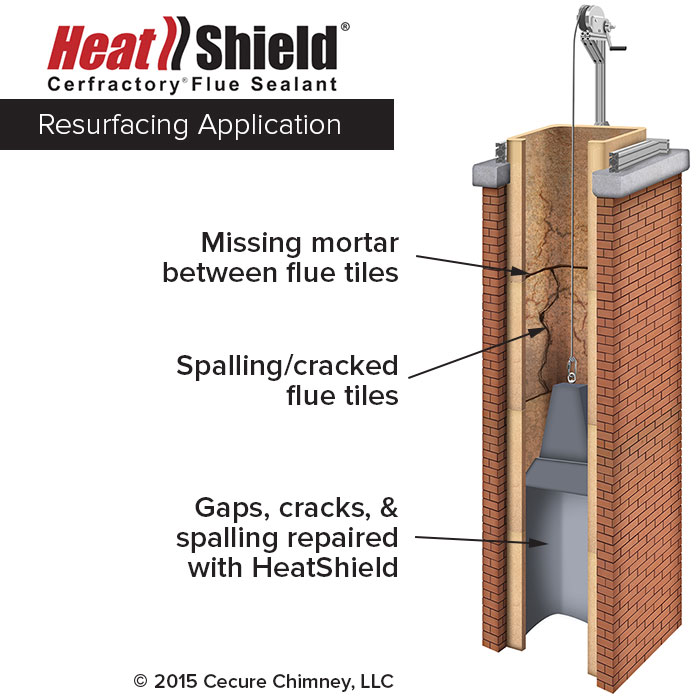Sweep Away Cancer during the month of October
All Out Chimney Sweep is always looking for new ways to help out the community. The month of October remains a particularly important time of the year as we are committed to doing our part in helping to raise breast cancer awareness.
Throughout all of breast cancer awareness month in October, our staff will wear pink shirts advertising a very noble cause. But our efforts will not stop with just wearing tee shirts. We are involved in Sweep Away Cancer, which is a breast cancer awareness movement in the chimney sweep industry. It began in 2015 and has continued to build momentum ever since.
As part of the Sweep Away Cancer movement, our staff will do our part in raising breast cancer awareness. Our chimney sweeps will even inform customers on how they can become involved or make a donation of their own. Our staff provides all the necessary information on how to help this worthwhile endeavor.
So don’t be surprised if a technician shows up on a service call to your home wearing a pink shirt that advertises Sweep Away Cancer. This will run throughout the month of October. A visit to our home office will also showcase staff members wearing our pink breast cancer awareness tee shirts.
Various industries have begun their own movements to help raise awareness for breast cancer. The chimney sweep industry joined that illustrious contingent and the results have been progressing each year. Sweep Away Cancer tee shirts, sweatshirts and license plate surrounds are all available for purchase on the Sweep Away Cancer website. There is also the option to make a flat donation to the cause. There is also a toll-free number to call as purchases and donations can be made by calling 1-800-897-8481.
All Out Chimney Sweep is a business, although our entire team values the importance of family. Breast cancer could strike any member of our families and we want to continue to be involved in helping the cause to eliminate this terrible disease. That is why we remember to be more than a business throughout the month of October. It is our goal to make our mothers, sisters, daughters and women all through the community proud to be associated with All Out Chimney Sweep.
The Sweep Away Cancer movement has banded together chimney sweeps from all over the country and we are part of a unique fraternity of businesses that truly cares about helping our community.









